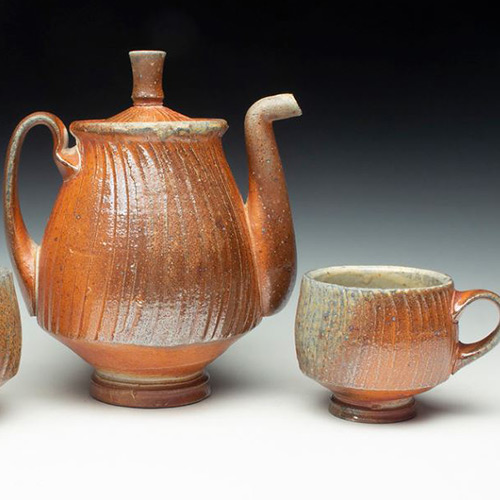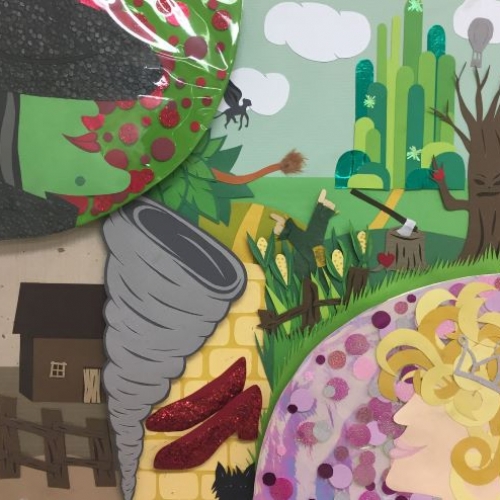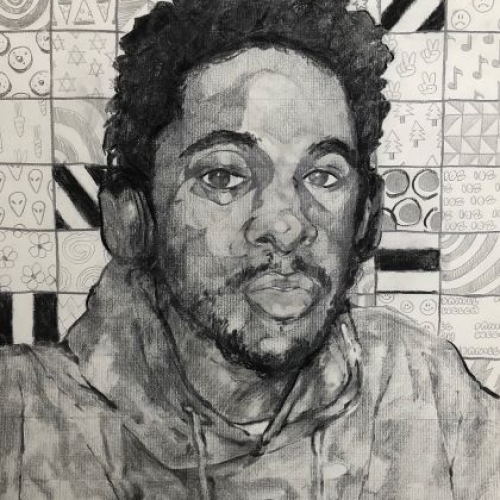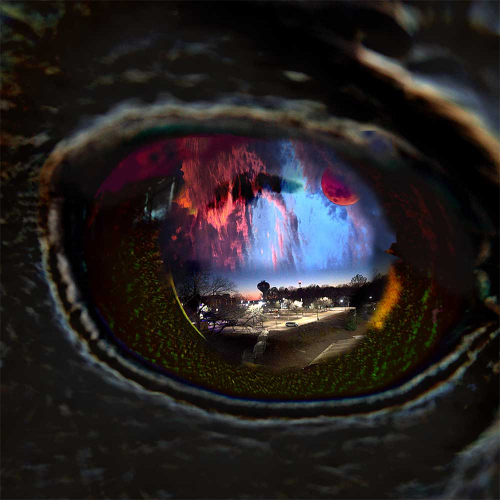Bachelor of Fine Arts degree in Art
 Students seeking professional portfolios will pursue the Bachelor of Fine Arts degree (BFA). This degree allows for a concentration in fine art, with areas of emphasis in ceramics, painting, and sculpture; or a concentration in expanded media arts, with areas of emphasis in printmaking and imaging arts as well as graphic design.
Students seeking professional portfolios will pursue the Bachelor of Fine Arts degree (BFA). This degree allows for a concentration in fine art, with areas of emphasis in ceramics, painting, and sculpture; or a concentration in expanded media arts, with areas of emphasis in printmaking and imaging arts as well as graphic design.
Entrance to the BFA: Students can choose to enter the BFA Studio Art program during the regular UM admissions process. After completing the foundation core and having a minimum cumulative GPA of 2.0 and 2.5 GPA in all art and art history courses, BFA students participate in the BFA Foundations Review to stay in the BFA degree.
BFA candidates are required to present an exhibition during their senior year that demonstrates their achievement in developing a mature and cohesive body of creative work. The BFA degree is also the foundation for graduate study.
Academic Requirements
For the 2022-23 academic year, BFA students complete 25 art courses (70 credit hours) and 5 art history courses (15 credit hours). They are also required to have a minor field of study. Download the degree sheet to see a 4-year curriculum plan and see the list of all art courses in the current catalog.
Foundation Core (15 hours)
- Art 101. 2-D Design
- Art 111. Drawing I
- Art 103. 3-D Design
- Art 201. Digital Imaging
- Art 211. Drawing I
Level I Studio (12 hours)
Select three courses from one concentration
and one course from the other concentration.
Concentration I: FINE ART
- Art 321. Beginning Painting
- Art 331. Beginning Sculpture
- Art 340. Beginning Ceramics
- Art 371. Introduction to Printmaking
- Art 381. Beginning Imaging Arts
Concentration II: EXPANDED MEDIA ARTS
- Art 361. Graphic Design I, Typography
- Art 362. Graphic Design II, Production Design
- Art 371. Introduction to Printmaking
- Art 381. Beginning Imaging Arts
- Art 384. Digital Video
Level II Studio (9 hours)
Select three courses in the desired concentration.
Concentration I: FINE ART
- Art 311. Figure Drawing I
- Art 322. Intermediate Painting
- Art 323. Plein Air Painting
- Art 332. Intermediate Sculpture
- Art 341. Pottery
- Art 342. Handbuilding
Concentration II: EXPANDED MEDIA ARTS
- Art 362. Graphic Design II, Production Design
- Art 364. Web Design I
- Art 366. Letterpress
- Art 372. Intermediate Printmaking
- Art 373. Book Arts
- Art 383. Intermediate Imaging Arts
- Art 385. Intro to Alternative Photographic Processes
Area of Emphasis (13 hours)
Select an area of emphasis within the chosen concentration. Courses completed in Level I or II cannot double count toward an area of emphasis.
- Any Art at the 300 level or higher (9 hours)
- Art 405. Pre-thesis Forum (0 hr.)
- Art 491. Thesis Exhibit (3 hr.)
- Art 492. Senior Seminar (1 hr.)
The following courses count toward each area of emphasis:
- Painting: Art 322, 323, 421, 521, 523
- Ceramics: Art 341, 342, 441, 442, 541, 542
- Sculpture: Art 332, 431, 531
- Graphic Design: Art 364, 366, 460, 461; IMC 349, 473, 524
- Printmaking & Imaging Arts: Art 366, 371, 372, 373, 381, 382, 383, 384, 385, 471, 483, 484, 485
Art Electives (12 hours)
Select any art course at the 300 level or higher (12 hours)
Art History (15 hours)
- AH 201. History of Art I
- AH 202. History of Art II
- AH 401. Research and Writing in Art
- Any AH at the 300 level or higher (6 hours). Students in the fine art concentration are encouraged to take AH 355 and 357. Students in the expanded media arts concentration are encouraged to select from AH 357, 374, or 376
Degree Checklists for Current Students
BFA Concentration I Fine Arts Degree Checklist 2023-2024
BFA Concentration II Expanded Media Arts Degree Checklist 2023-2024
BFA Concentration I Fine Arts Degree Checklist 2022-2023
BFA Concentration II Expanded Media Arts Degree Checklist 2022-2023
BFA in Art – Studio Degree Checklist 2021–2022
BFA in Art – Studio Degree Checklist 2020–2021
BFA in Art – Studio Degree Checklist 2019–2020
BFA in Art – Studio Degree Checklist 2018–2019
Learn About Each Studio Area
Setting the Foundation
“The foundational classes, especially color theory, taught me how complex art can be, and that nothing in art is truly accidental. No one color is placed the in the manner that is and where it is just because, there is a lot of thought behind each area of a piece of art. Once I learned this, the department helped me figure out how to apply these fundamental lessons to my own art while combining my own abstract thoughts.” – Ramsay Stayer (BFA in Art, emphasis in Painting ’20)
Featured Courses








